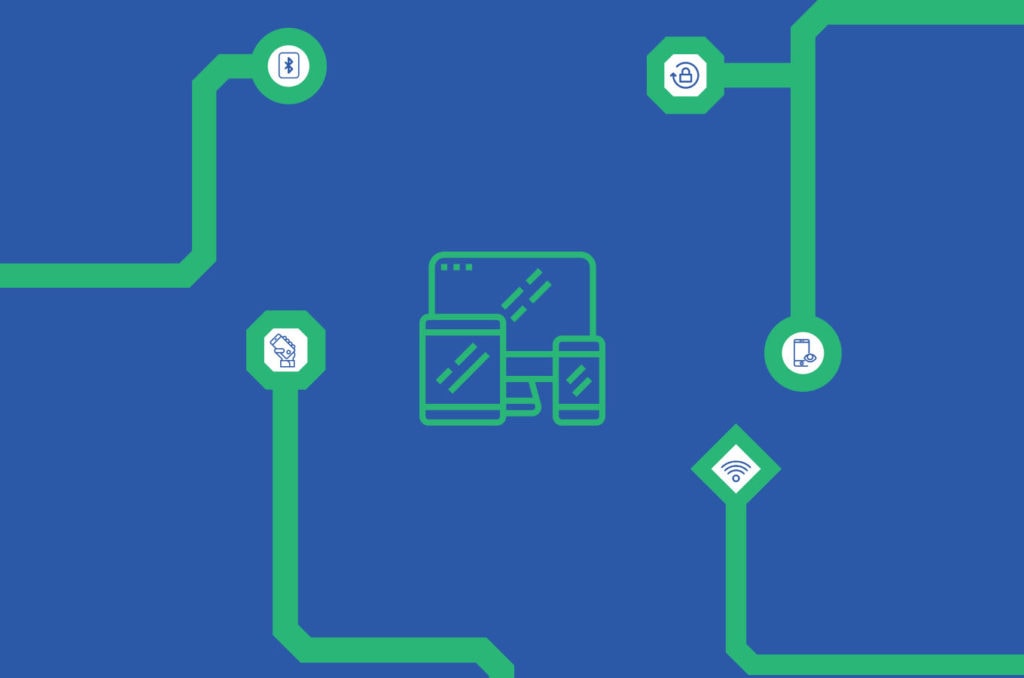Mobile Devices: Tracking Smartphones Helps Airports Stay Ahead
Share
APEX Insight: Travelers equipped with smartphones are throwing a lifeline to airports looking to streamline their operations. In this section of the multipart feature, we explore how passengers’ mobile devices are helping airports to plan one step ahead. But will mobile tracking technologies give rise to privacy concerns?
If giving up some relatively innocuous data meant shorter check-in queues, fewer bottlenecks at security and a better end-to-end experience at the airport, would you do it? Many of you just might. Except you already have – and it’s been nearly a decade.
In 2011, the New York Times ran a story about a trial being conducted at Copenhagen Airport. SITA installed multiple receivers throughout the airport that could track travelers based on the Wi-Fi signal-emitting smartphones that they carried. At the time, an estimated 20 percent of travelers percolating through the airport were armed with such devices.
Today, most major airports in the world are using some sort of Wi-Fi, beacon or Bluetooth tracking technology – and nearly all flyers are equipped with a device that can be monitored, whether they know it or not. A recent survey by travel research specialists m1nd-set shows that 88 percent of business travelers bring their smartphones on trips, while 85 percent of travelers on personal vacations do. And these devices are being recorded and time-stamped at specific points in the journey, using a unique identifier called a media access control (MAC) address.
“To understand and improve individual areas of airport operations …it is important to understand that each area influences another.” – Christian Carstens, marketing manager of Blip Systems
Companies like Blip Systems, SITA and Pointr, which are behind such technologies, insist tracking is harmless, designed to provide a real-time picture of where travelers congregate, how much time they spend at checkpoints and where congestion is likely to occur. Aggregating this type of data could yield everything from improved airport design and live queue time boards to more strategic dissemination of resources and better planning for high-traffic holiday periods. “To understand and improve individual areas of airport operations,” Christian Carstens, marketing manager of Blip Systems, explains, “it is important to understand that each area influences another.”
“The less time passengers spend in airport processes, the more they will enjoy … the concession area.” -Christian Carstens, marketing manager of Blip Systems
Of course, profitability for airport and airline investors is also in the offing. Knowing where passengers linger and where they gather speed is tantamount to knowing what retail and service strategies work and which do not – crucial, given that half of airport revenue comes from a combination of retail and parking, Carstens says. “The less time passengers spend in airport processes, the more they will enjoy … the concession area.”
No matter the benefits touted by airports, the thought of being “tracked” is sure to give rise to privacy concerns, which was the case in November 2015, when Dublin Airport (DUB), one of the users of Blip Systems’ technology, came under fire for monitoring passengers’ movement without informing them. Although DUB insists that it had “no information whatsoever in relation to the mobile device’s owner” and Blip Systems confirms that “MAC addresses do not link to any individual user data,” privacy advocates maintain that tracking technology risks linking mobile device users to their digital lives, which are arguably more “personal” than their day-to-day reality.
“Mobile Devices” was originally published in the 7.4 September/October issue of APEX Experience magazine.



